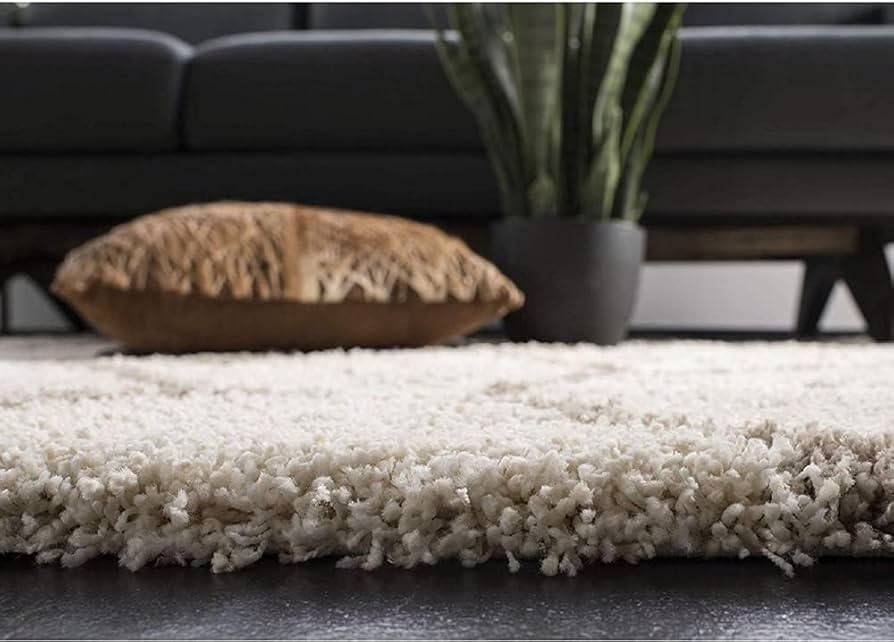Homeowners and businesses alike often face the stubborn problem of mold growth on carpets. Mold not only damages carpets but also poses health risks. Fortunately, there is a solution that is both safe and effective: hydrogen peroxide. Learning how to use hydrogen peroxide for mold on carpet can be a game-changer for maintaining a clean and healthy environment.
Understanding the proper use of hydrogen peroxide is essential in tackling mold issues. This article will guide you through the steps, ensuring your carpets remain mold-free and safe for everyone. Let’s dive into the details of how hydrogen peroxide can help you combat mold.

What is Hydrogen Peroxide?
Hydrogen peroxide is a chemical compound with the formula H2O2. It is a pale blue liquid in its pure form and is often used as a disinfectant, bleaching agent, and antiseptic. Its powerful oxidizing properties make it an effective agent against mold and mildew.
Why Use Hydrogen Peroxide for Mold?
Hydrogen peroxide is an excellent choice for mold removal because it is non-toxic and environmentally friendly. Unlike some chemical cleaners, it breaks down into water and oxygen, leaving no harmful residues. It is also effective against a variety of mold species, making it a versatile cleaning agent.
Advantages of Using Hydrogen Peroxide
- Non-toxic and safe for household use
- Effective against a wide range of mold types
- Does not leave harmful residues
- Affordable and readily available
Preparing to Use Hydrogen Peroxide on Carpets
Before you begin, gather the necessary supplies: 3% hydrogen peroxide solution, a spray bottle, a scrub brush, and protective gloves. Ensure the area is well-ventilated to avoid inhaling any fumes.
Testing a Small Area
It’s important to test the hydrogen peroxide on a small, inconspicuous area of the carpet first. This step ensures that there is no discoloration or damage to the carpet fibers.
Step-by-Step Guide to Using Hydrogen Peroxide on Mold
Step 1: Apply Hydrogen Peroxide
Fill a spray bottle with the 3% hydrogen peroxide solution. Generously spray the affected area, ensuring the mold is thoroughly saturated. Allow the solution to sit for 10-15 minutes.
Step 2: Scrub the Area
Using a scrub brush, gently work the hydrogen peroxide into the carpet fibers. This action helps to break down the mold and lift it from the carpet. Be careful not to damage the carpet by scrubbing too vigorously.
Step 3: Rinse and Dry
After scrubbing, rinse the area with clean water to remove any remaining mold and hydrogen peroxide. Use a clean towel to blot excess moisture and allow the carpet to air dry completely.
Preventing Future Mold Growth
Preventing mold from returning is crucial. Regular cleaning and monitoring humidity levels can help. Consider using a dehumidifier if your home is prone to high moisture levels. For more insights on maintaining mold-free carpets, visit this humidity levels guide.
Regular Carpet Maintenance
Regular vacuuming and professional cleaning can help keep your carpets in top condition. Additionally, address any water spills immediately to prevent mold from gaining a foothold. For tips on handling carpet spills, here’s a helpful spill prevention guide.

FAQs
Can hydrogen peroxide damage my carpet?
When used correctly, hydrogen peroxide is generally safe for most carpets. However, always perform a patch test first to ensure no discoloration occurs.
How often should I use hydrogen peroxide on my carpet?
Use hydrogen peroxide as needed when mold is visible. Regular maintenance and monitoring can reduce the frequency of required treatments.
Is hydrogen peroxide safe for all carpet types?
While hydrogen peroxide is safe for most carpets, it may not be suitable for certain delicate or colored carpets. Always consult your carpet’s care instructions or a professional if unsure.
For more information on mold prevention and carpet care, you can visit ServiceMaster Restore for expert advice.
This article contains affiliate links. We may earn a commission at no extra cost to you.


